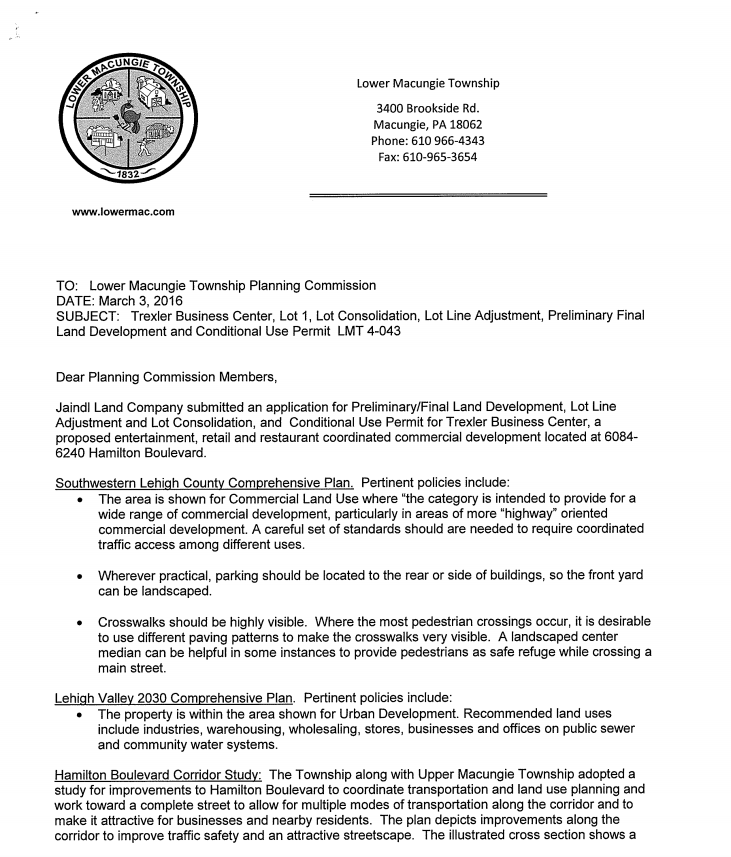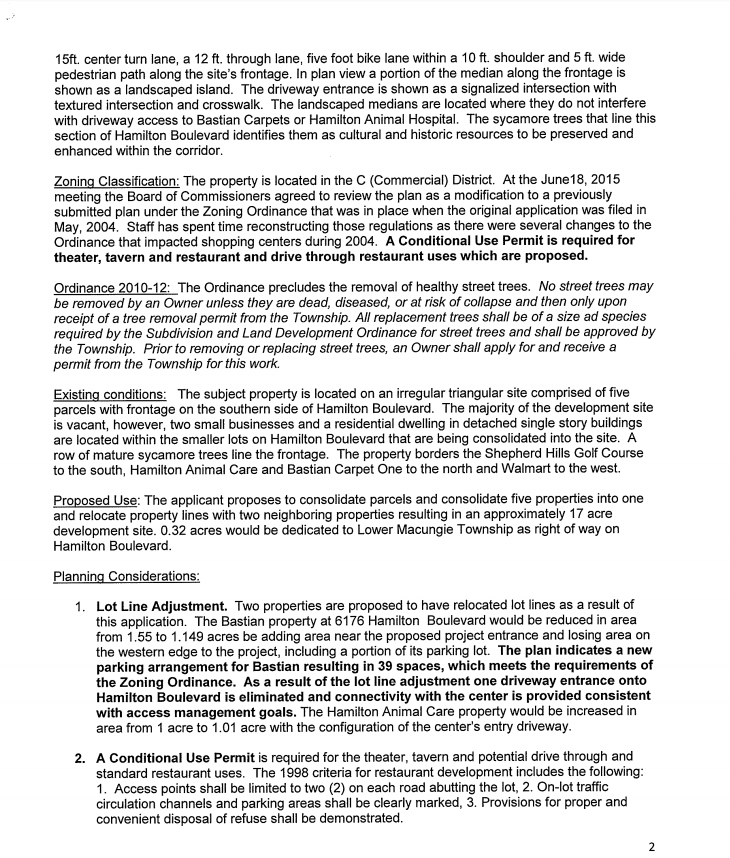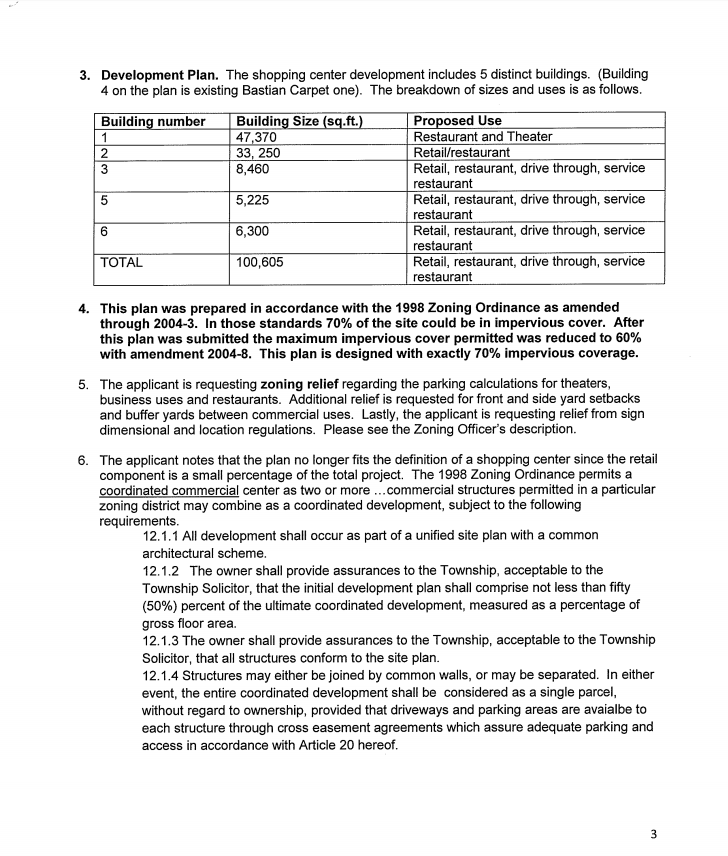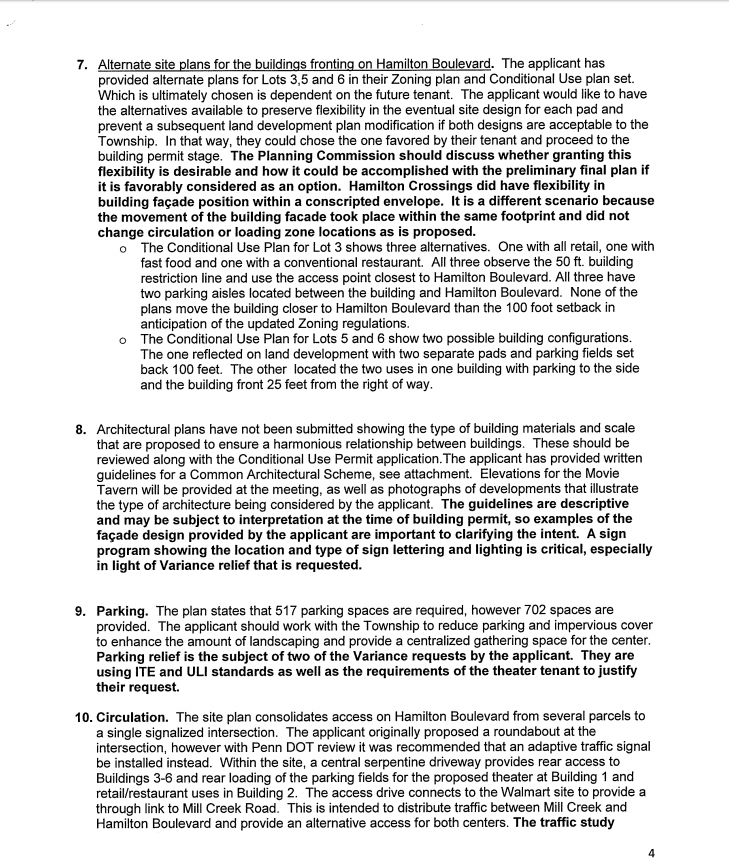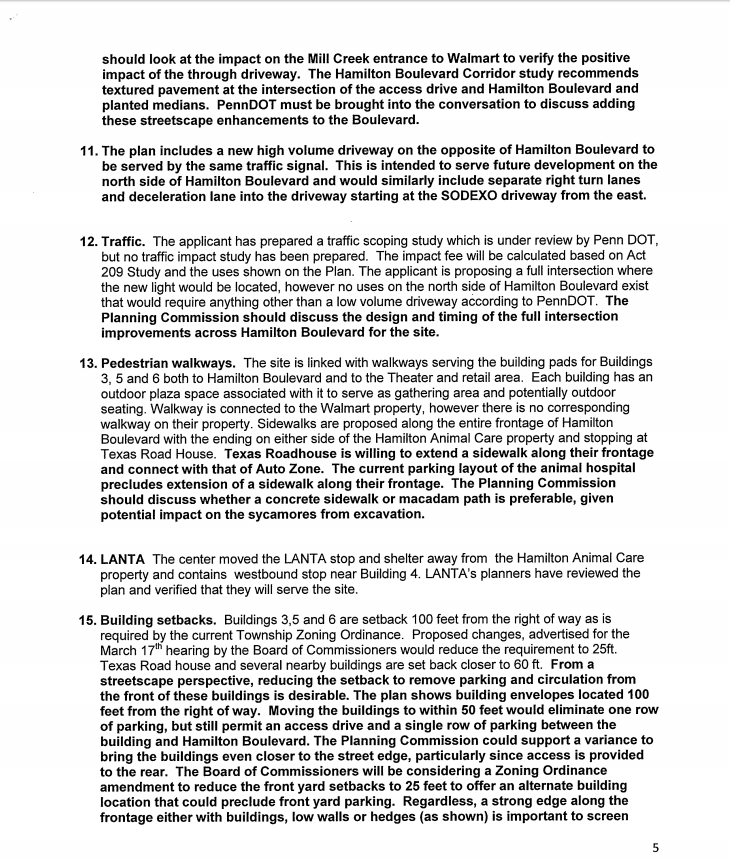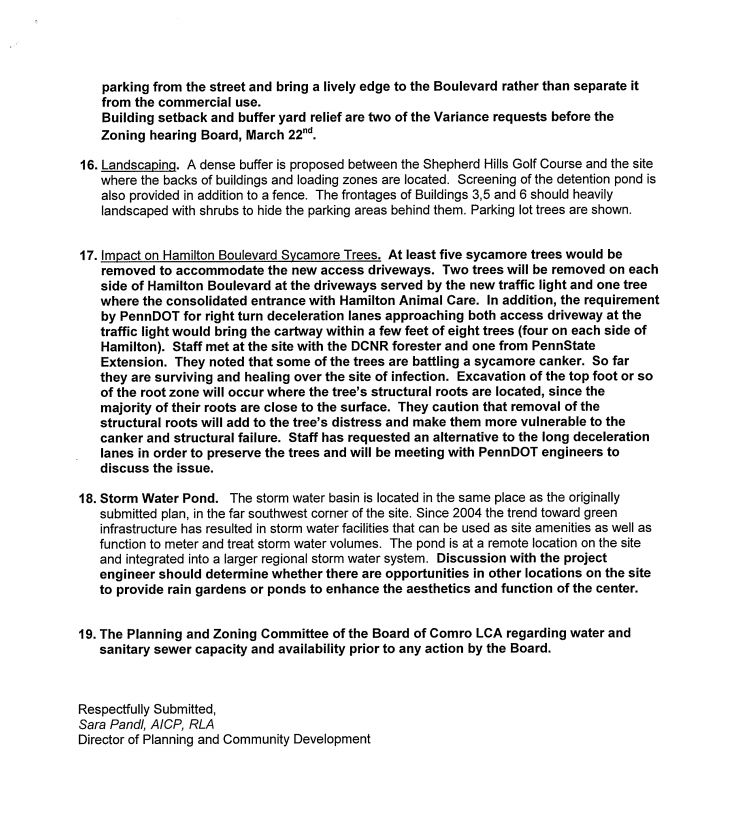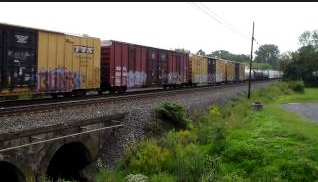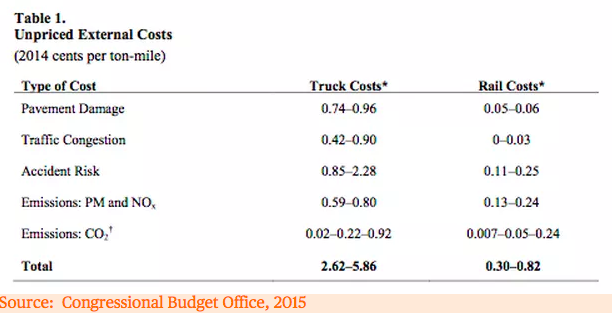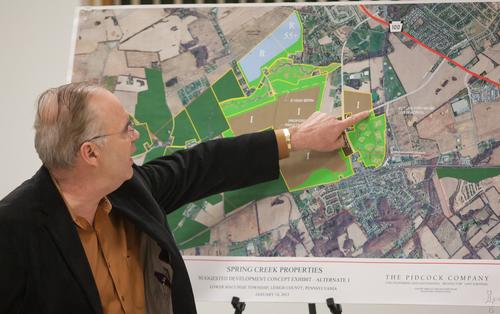Lots of feedback on the Hamilton Boulevard Sycamore issue on social media. The Morning Call did a good piece that raised awareness. I wanted to reiterate to those concerned that township staff, planning committee and planning commissions position on the sycamores is that they must be preserved and protected.
The legacy of the sycamores is an invaluable asset to the corridor and the township. That cannot be stressed enough. They are without question the defining characteristic of the area. The historic tree canopy must be protected as a natural and historic resource. In this case the shopping center developer is also in agreement with us.
The problem remains PennDOTs requirement for a highway scaled deceleration lane. Beyond the tree issue the deceleration lane is also problematic on other levels as well. It directly conflicts with the vision laid out in the LMT/UMT corridor study that lays out a vision for a Boulevard concept. I’ve written alot about the need to de-stroadify the Boulevard & “bypass“. When we have PennDOT officials referring to the Boulevard as a “highway” in quotes in the papers to me that demonstrates that we have a fundamental disconnect.
In making argument against the deceleration lan, in our favor is that just down the street a we fought off a highway scaled deceleration lane associated with Hamilton Crossings. This was done to protect the LMTHS log home at Wescosville park. So here we have an almost identical situation except this shopping center is smaller.
Below, is the township planners review letter. In it you can read about a number of concerns with this project as a whole including the sycamore issue. The letter marks the beginning of the land development process. Review letters are completed by the township zoning officer, planner and engineer very early in the process to outline concerns. We hope to work with the developer to address them.

